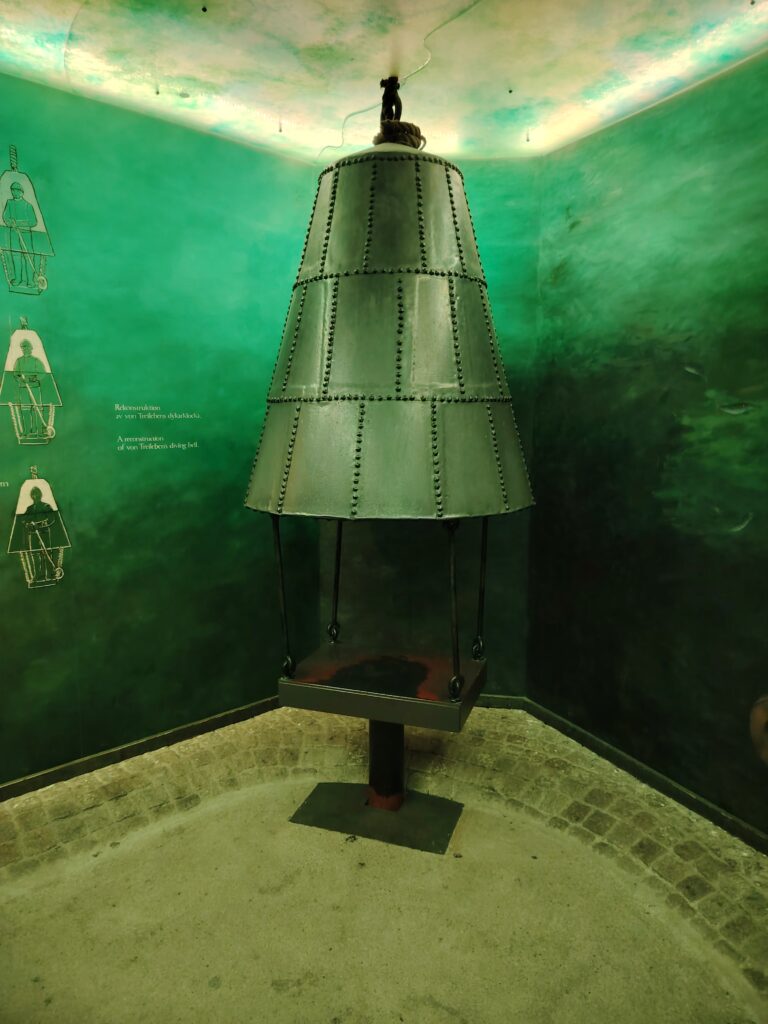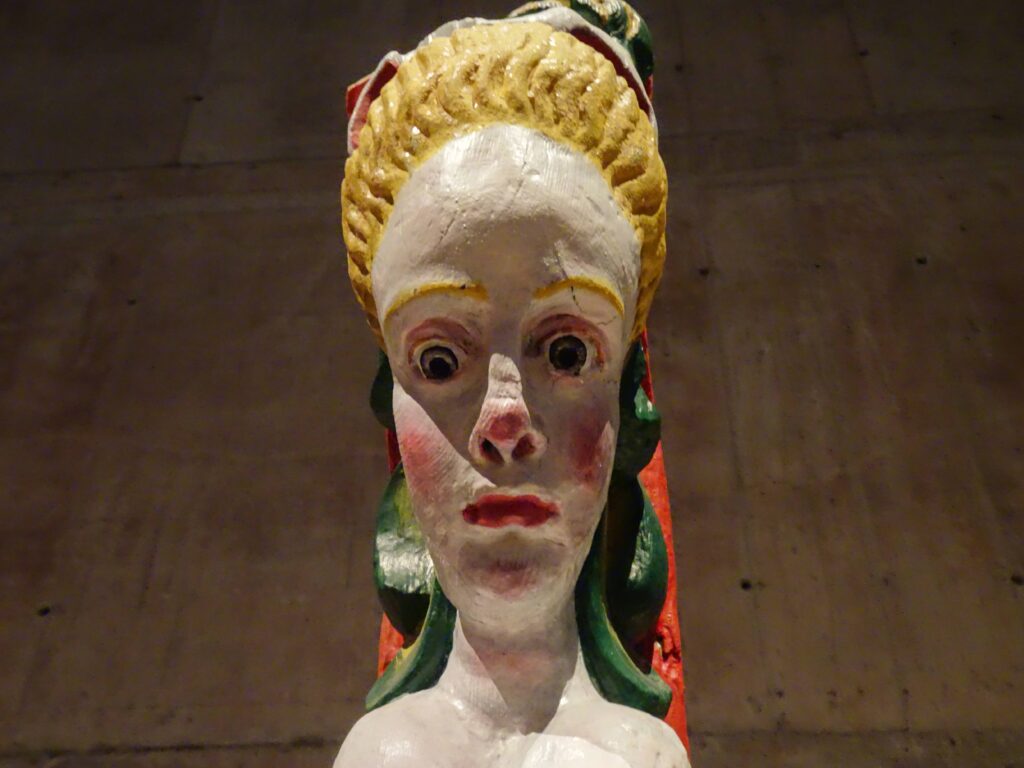There’s a time and a place for everything. An accepted criteria that applies under appropriate circumstances. Going against the grain, or sailing into the wind, can sometimes be ill-advised.
Day 11 – A short squirt of 169K into the suburbs of Stockholm, almost feels like a rest day. It starts with a local LIDL shop. We leave as ‘dry’ as we entered, which is unusual to say the least. There’s no wine in store. That’s due to the fact that all drinks with an alcoholic percentage of more than 3.5% can only be purchased from the Swedish government owned chain of outlets called Systembolaget. But where are they?
Pitched up at Bredäng Camping, which abuts the Sätraskogens Nature Reserve puts us in easy striking distance of the capital. Tomorrow’s look-see.
Day 12 – We all have slightly different ways of doing the same thing, don’t we? Whether it be loading the dishwasher, or tying our shoe laces. You’d think that there would be only one or two ways that a public transport system could be organised too, but no. Like an IKEA flat pack instruction leaflet, it’s only once you’ve completed said task, that you can then fully understand the mentality of the creator and where he intended those two ‘extra’ screws to go. Every major city seems to adopt their own system for essentially doing the same thing. Even the associated travel app’s can confuse rather than help. United, Europe may be, but divided in its approach to directing passengers along its transport network. And so it was this morning. After purchasing two metro tickets, the app indicates they need activating before use. So like the obedient user Mr S is, the ‘Activate Now’ button gets tapped. Mistake! A countdown starts. The ticket expires in 75 minutes. We’re just finishing breakfast and nowhere near ready to leave. Plus, it’s a twenty minute walk to the station! [The second ticket does not get activated.] The first one expires less than thirty seconds before platform entry! A quick explanation to the kind understanding woman in the kiosk and she lets me through the ‘idiots this way’ channel.
With a grey and cool windy start to enjoy, we step off onto one of Stockholm’s many islands – Gamla Stan, AKA Old Town. The capital’s fourteen islands are all inter connected, by umbilical cords of either bridge or ferry. The old town shows no signs of revealing any quaintness. Most likely because, as was common during the 17th century, you could substitute the word quaint, for ain’t. As in, ‘it ain’t ere no more, on account that it got burnt down – again’. Instead, high rise regal looking buildings of bricks and stone, tower over and shade the not so narrow streets of cobble. The man-made mini wind-tunnels remind us to keep layered up.
Despite our disappointing Royal Palace visit in Copenhagen, we venture into its Swedish namesake. In for a penny, in for a Krona, so to speak. More to get-get warm than anything else. Also, as we’re now in the land of master builders IKEA, could this Royal Palace possibly outdo its cross-border neighbour?
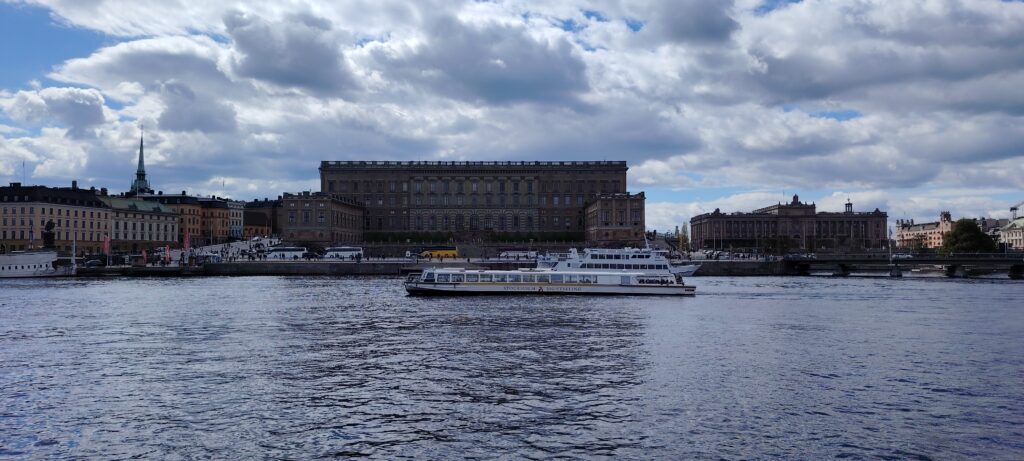
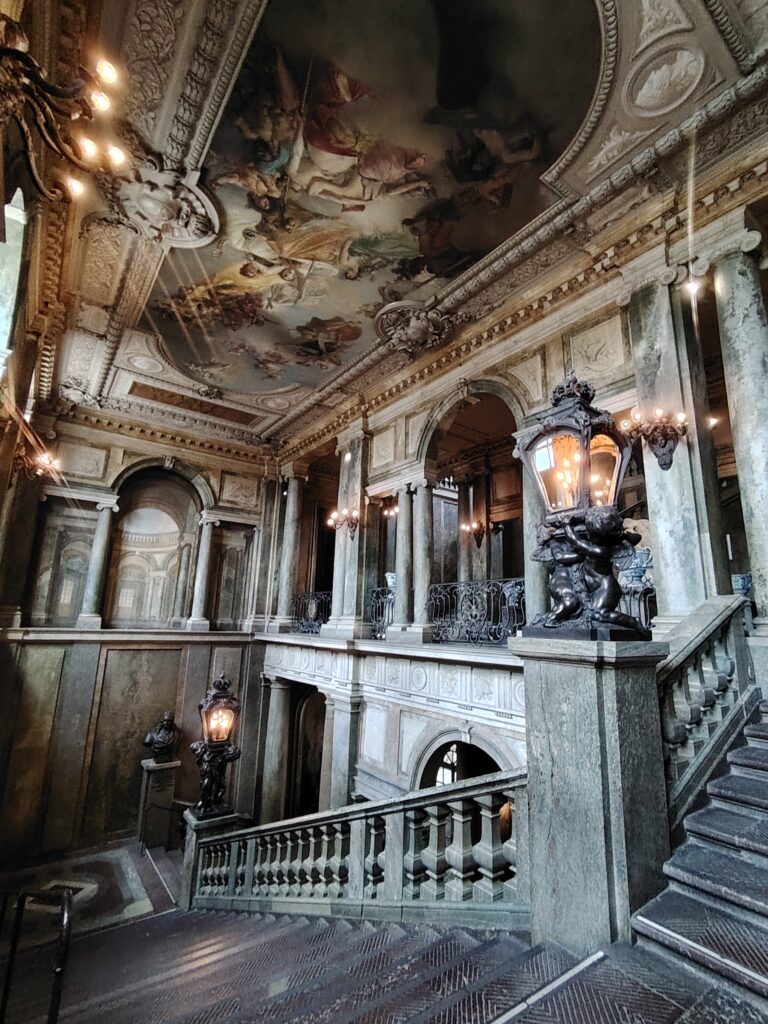
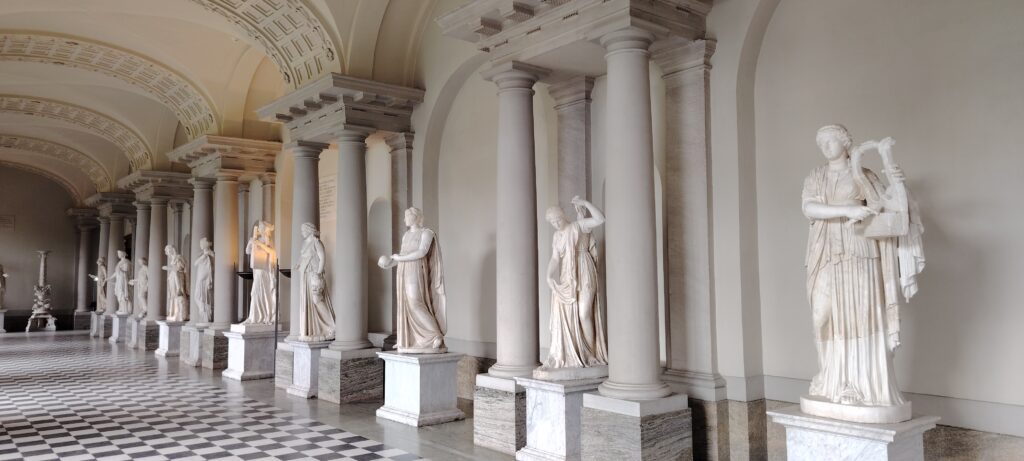
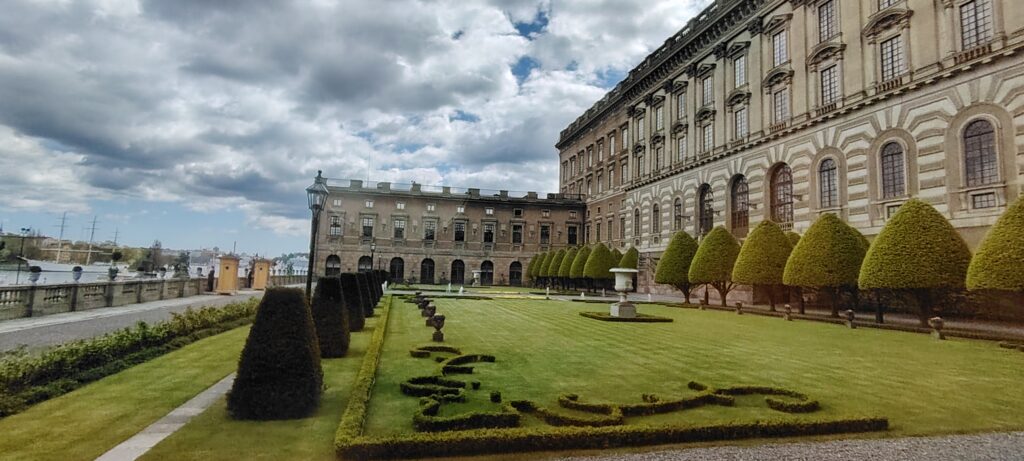
Like many cities, some of its more ancient history is discovered ‘below stairs’. The Royal Palace no exception, having literally risen from and now resting upon the ashes of Tre Kronor Castle, burnt to cinders in 1697. Housing over 1,400 rooms it required, and still does, an exceptional amount of heating. In those days, an abundance of wood was always to hand. [it probably still is] Now in the Palace, as in over 50% of Swedish homes and businesses, they utilise a system they call ‘District Heating’. These are local waste-to-energy power plants, that efficiently manage residual heat from various sources. A sort of turbo-charge system. As a result, only 4% of Swedish waste ends up in landfill.
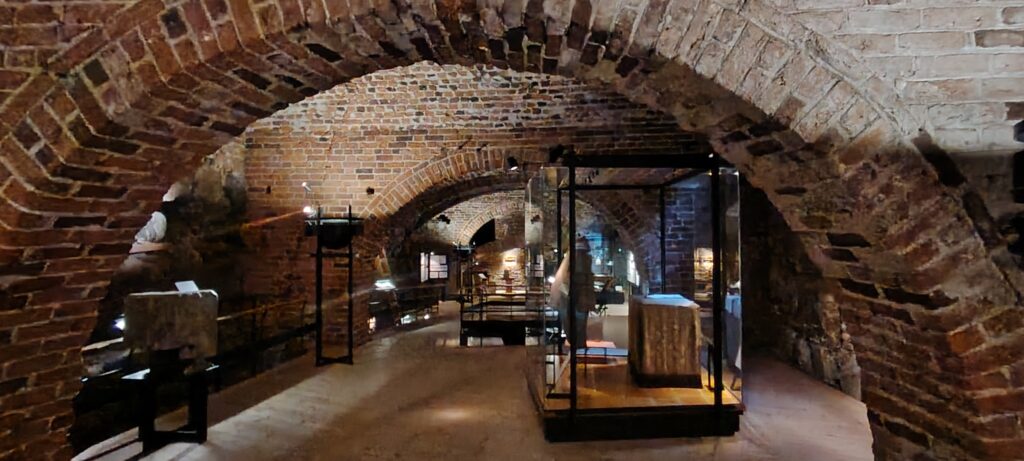
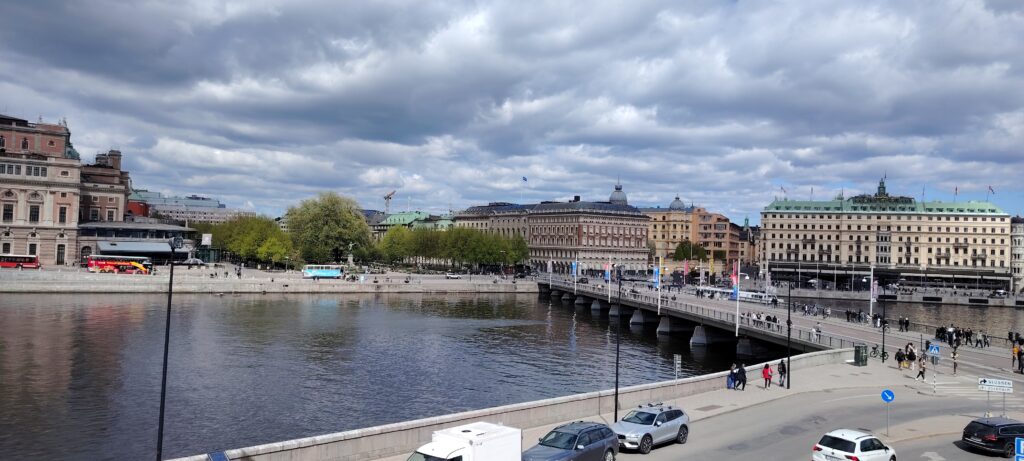
Time and tide waits for no man (unless you’re the skipper of the Vasa), so we head over to the museum dedicated to that warship and its sad demise.
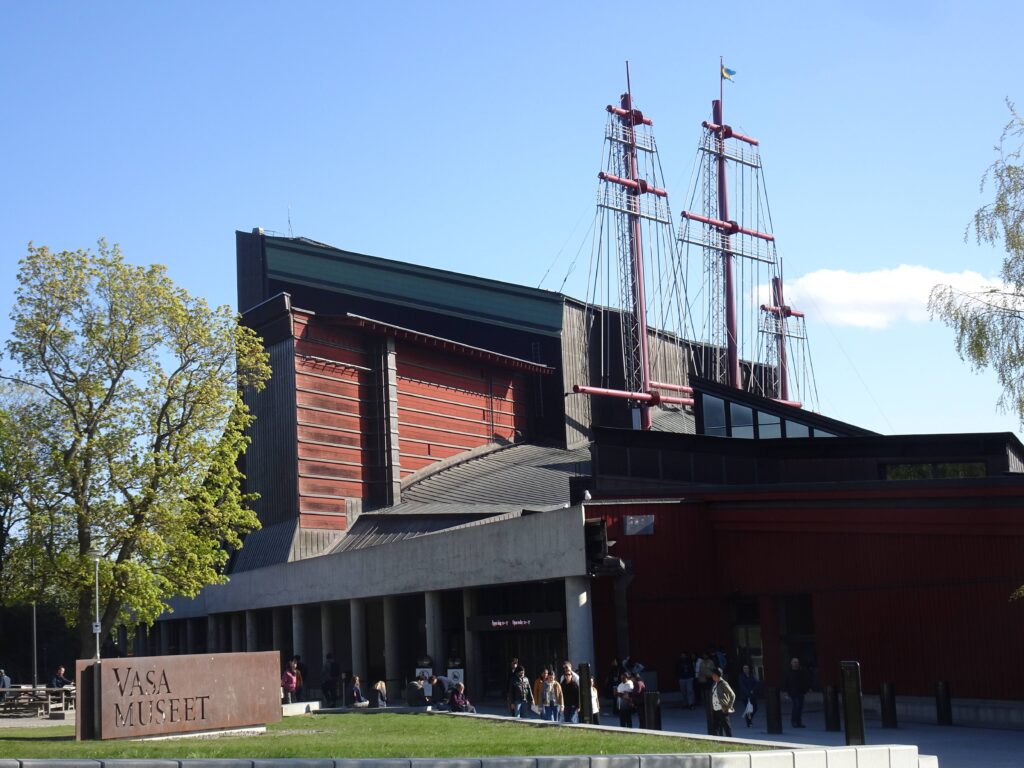
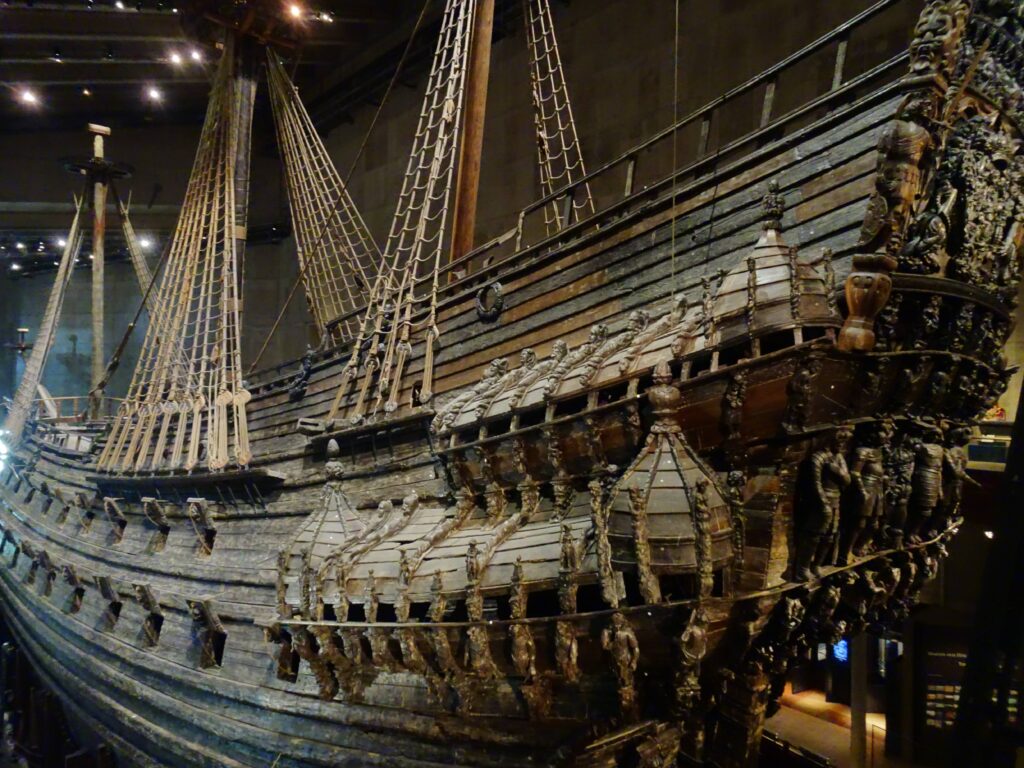
Under pressure from the King, a too-quick faulty build resulted in an unstable hull. A freak gust of wind caught the sails and with the lower set of canon port holes open ready to salute the King, it rolled to one side. Water gushed in to the open port holes. It sank quickly. The rest is history.
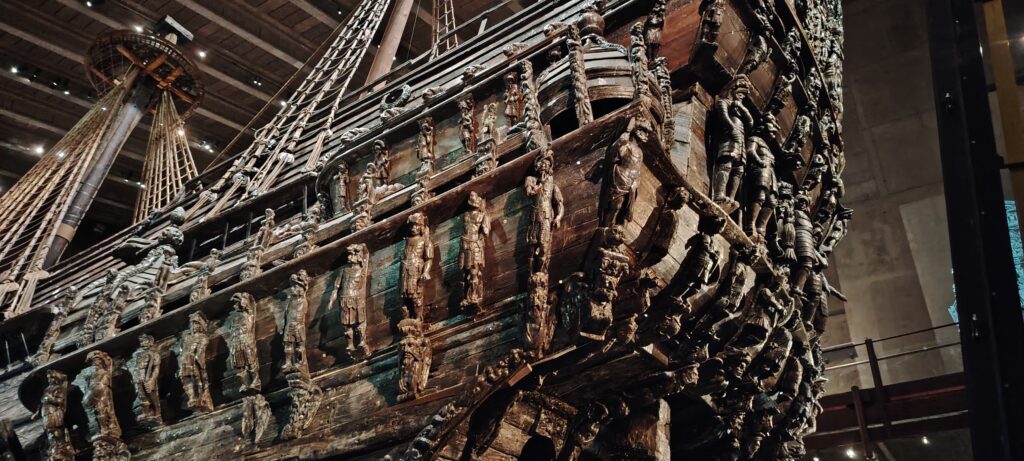
Salvaged in 1961, it took courage and strength for the divers who were tasked with digging a series of tunnels underneath the hull, to house the 6″ steel lifting cables. Their primitive suits weighing 100kg. The murky muddy water a sobering 4C.
